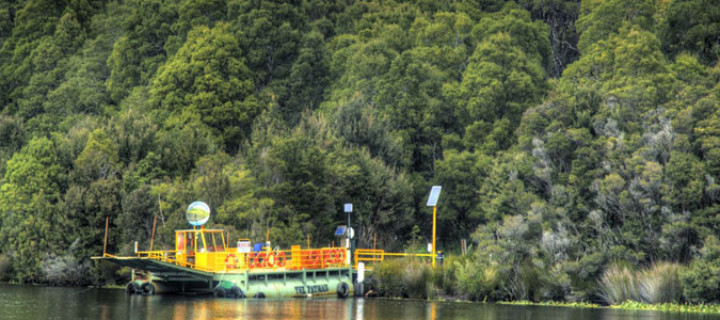The Tarkine is an area containing the Savage River National Park in the north west Tasmania, Australia, which environmental non-government organizations claim contains significant areas of wilderness. The Tarkine is noted for its beauty and natural values, containing the largest area of Gondwanan cool-temperate rainforest in Australia, as well as for its prominence in Tasmania’s early mining history. The area’s high concentration of Aboriginal sites has led to it being described by the Australian Heritage Council as “one of the World’s great archaeological regions”.
Why it’s important
The Tarkine is one of the very few unprotected wild places left in Australia – it spans a landscape of wild coastal areas, button grass plains, pristine rivers and ancient rainforests. This landscape holds an outstanding legacy of Aboriginal occupation dating back millennia. It’s home to Australia’s largest remaining tract of cool temperate rainforest. With over 92% of our old growth forest already lost in Australia, this is irreplaceable and includes areas of pure wilderness.
wordpress justify;">More than 60 threatened species call this area home – such as the Tasmanian giant freshwater crayfish (the world’s largest freshwater crustacean), the Tasmanian wedge-tailed eagle and the iconic Tasmanian devil. The Tassie Devil’s battle against a debilitating facial tumor disease has devastated the species and threatens its survival. A staggering 80% decline in devil numbers has left them vulnerable to extinction and makes the case to preserve their native habitats all the more critical.
The Tarkine is ‘takayna’ in Palawa – Tasmania’s Aboriginal language – and is home to some of Australia’s most important Aboriginal heritage. With a history dating back over 40,000 years, Tasmanian Aborigines were the most southerly people to survive the last ice age. On the takayna coast, they left a legacy of shell middens, rock carvings, hut depressions and seal hides. This coast is listed as being of National Heritage significance and the Tarkine as a whole has long been recognized as eligible for World Heritage status.









